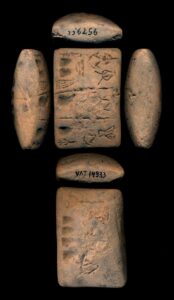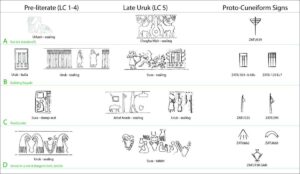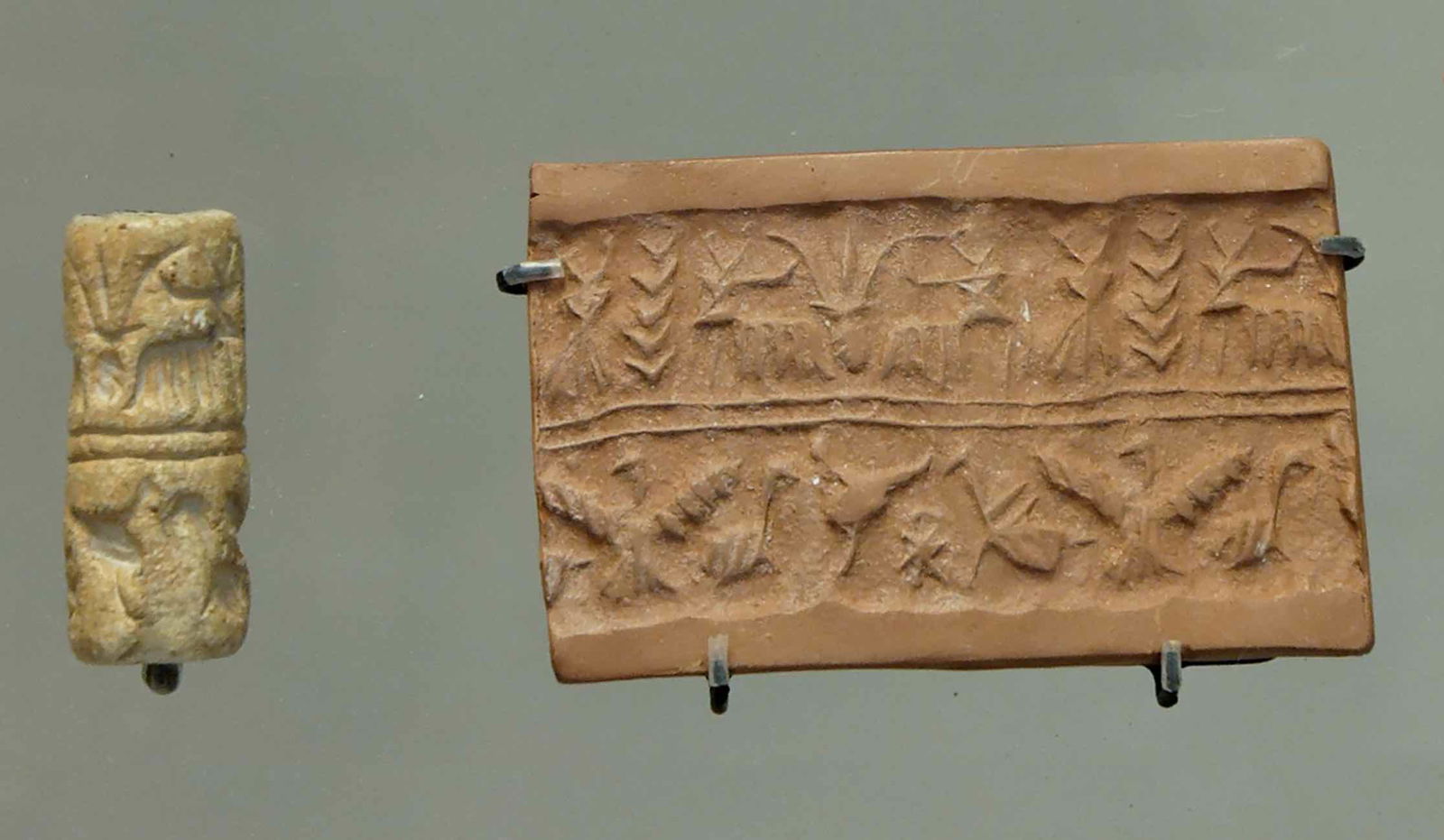A series of 5,000-year-old mysterious symbols imprinted on ancient cylinder seals made before recorded history could help researchers finally decode large portions of the world’s first written language, proto-cuneiform.
Created by people living in Mesopotamia around 3,000 BCE and often considered to mark the beginning of written language, proto-cuneiform has proven exceedingly difficult to decipher, with many discovered examples still resisting translation.
Now, researchers from the University of Bologna say they may have found a proverbial ‘Rosetta Stone’ in these ancient cylinder seals used in the years before the invention of writing. The mysterious symbols imprinted on the seals appear to represent the beginnings of imagery and symbology, which likely birthed actual written language.
” The conceptual leap from pre-writing symbolism to writing is a significant development in human cognitive technologies,” explains Silvia Ferrara, professor in the Department of Classical Philology and Italian Studies at the University of Bologna and lead researcher. “The invention of writing marks the transition between prehistory and history, and the findings of this study bridge this divide by illustrating how some late prehistoric images were incorporated into one of the earliest invented writing systems.”


Mysterious Symbols Hint at the Birth of Writing
According to the published study, the University of Bologna team studied ancient cylinder seals from the early Mesopotamian city of Uruk. Made of stone and typically engraved with various symbols, the seals were used by rolling them onto a clay tablet, leaving a stamped impression of the symbols on the tablet.
Archaeologists estimate that this practice originated 500 years before proto-cuneiform. It was used to track consumer goods’ production, storage, and transport, and many symbols were believed to represent actual goods. According to the researchers, this period may have laid the foundation for transitioning to the first written language.
“The close relationship between ancient sealing and the invention of writing in southwest Asia has long been recognised, but the relationship between specific seal images and sign shapes has hardly been explored,” says Ferrara. “This was our starting question: did seal imagery contribute significantly to the invention of signs in the first writing in the region?”
In fact, the researchers say that as much as half of these symbols have yet to be translated. Translating proto-cuneiform has proven equally challenging, with much of the known language and symbology waiting to be translated.
“It is in this context that proto-cuneiform appeared: an archaic form of writing made up of hundreds of pictographic signs, more than half of which remain undeciphered to this day,” the press release announcing the study explains.
Imagery That Originated Before The Invention of Writing
The researchers say they first noted this potential transition from cylinder seal symbology to formal writing by examining symbols that appear to have been adopted by the ancient inventors of the Mesopotamian written language. That effort found a significant overlap, including proto-cuneiform symbols and text that appear to have been carried over from cylinder seals.


“We focused on seal imagery that originated before the invention of writing while continuing to develop into the proto-literate period,” explained Kathryn Kelley and Mattia Cartolano, both researchers at the University of Bologna and co-authors of the study. “This approach allowed us to identify a series of designs related to the transport of textiles and pottery, which later evolved into corresponding proto-cuneiform signs.”
This overlap has allowed the researchers to begin deciphering the meaning of many previously untranslated cylinder seals. They also believe their findings can help decode parts of the ancient Mesopotamian proto-cuneiform text that have thus far resisted translation.
“Our findings demonstrate that the designs engraved on cylinder seals are directly connected to the development of proto-cuneiform in southern Iraq,” Ferrara said. “They also show how the meaning originally associated with these designs was integrated into a writing system.”
The study “Seals and signs: tracing the origins of writing in ancient South-west Asia” was published in Antiquity.
Christopher Plain is a Science Fiction and Fantasy novelist and Head Science Writer at The Debrief. Follow and connect with him on X, learn about his books at plainfiction.com, or email him directly at christopher@thedebrief.org.

